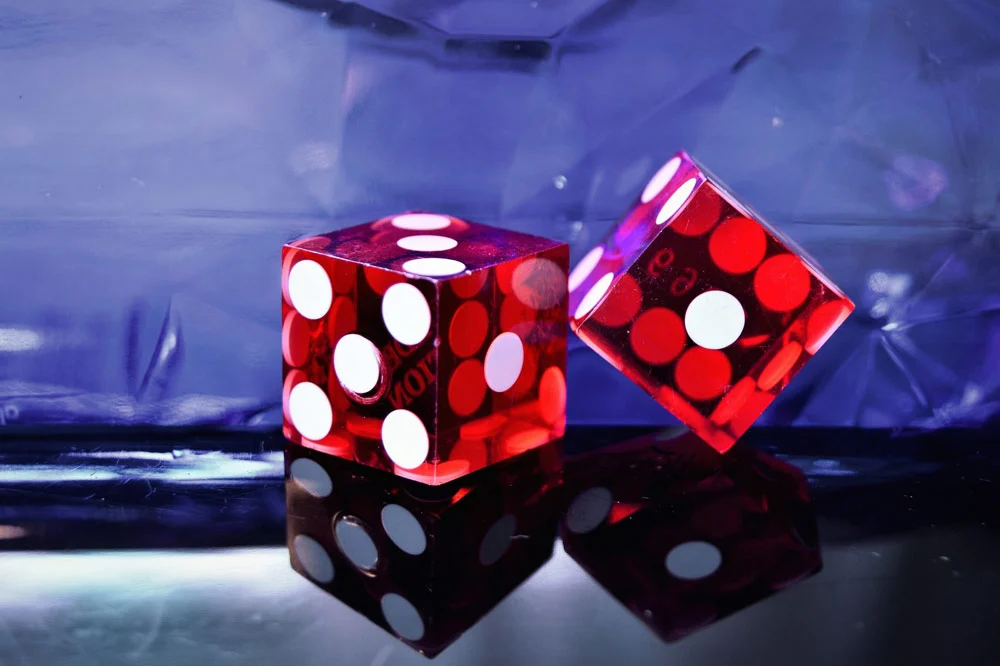Cho-han is an intrinsic part of Japanese culture, with the game stretching back centuries in its popularity. It was originally played by bakuto, who were nomadic gamblers who moved from town to town winning bets off the local people. They are considered forerunners of organised crime groups like the Yakuza, among whom Cho-han is still popular today.
Because of this, Cho-han occupies an integral in much of Japan’s pop culture. For example, the game often appears in popular Anime series like Samurai Champloo or Japanese cinema, especially in films involving the Yakuza.
HOW TO PLAY CHO-HAN
The rules of Cho-han could hardly be simpler. To play, a dealer will shake two dice inside a bamboo cup, tumbler or bowl, then upend the receptacle to conceal the dice within. At this point, players must lay their stakes and bet on whether the total of the numbers on the upturned faces of the dice will be even (Cho) or odd (Han).
Most commonly, players will bet against one another, with an equal number of stakes on both sides required for a fair game. In this scenario, the dealer generally takes a cut of the winnings. An alternative form of the game sees the dealer act as the House and collect the stakes of losing bets. Traditionally, the game was played on a tatami mat and the dealer would be bare-chested to demonstrate that he is not cheating.
WHY IS CHO-HAN SO POPULAR?
For those who prefer their games to contain a degree of skill and mental ability, Cho-han might seem like an overly simplistic game. However, it’s precisely this simplicity which makes it so popular. In much the same way that craps is played throughout the USA, Cho-han’s easy-to-understand rules and thrilling chance gives it a huge appeal among its fans.
Another major reason for Cho-han’s popularity is its gambling aspect. Despite the fact that casinos have been controversial in Japan for a long time, gambling forms an integral part of Japanese culture. As mentioned above, Cho-han has been practised throughout the country’s history and as a result, has become embedded into its modern-day culture, which goes some way to explaining why it’s still such a sought-after pastime today.


